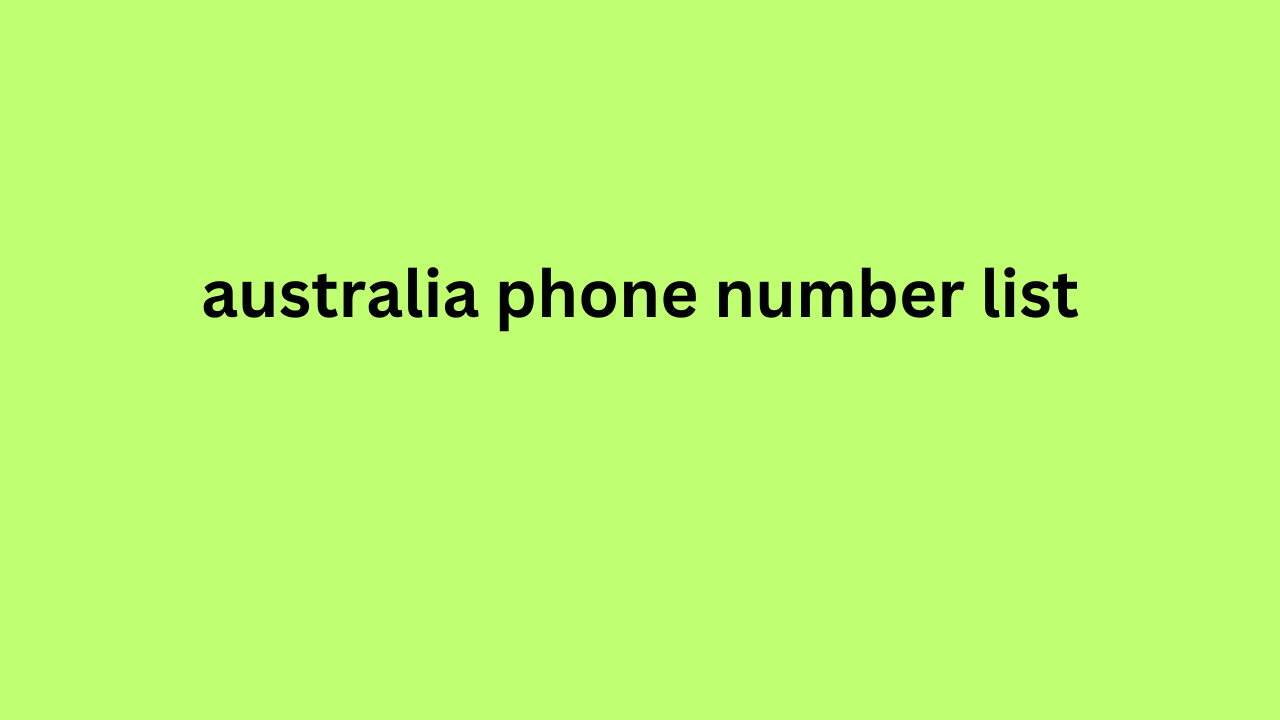Do you know how long the Amazon catalog is? It has over 350 million unique products. Making your way and achieving success with your products is certainly not easy.
On the other hand, however, Amazon always offers sellers a user base made up of over 150 million subscribers to the Amazon Prime service, in addition to all occasional buyers. A huge market, a source of many opportunities for those who know how to move in the right way.
In this article we will see how to take the first and most important step for those who decide to start selling on Amazon, that is, choosing which items to offer. And this, obviously, also means understanding which products to avoid: very often products that could be attractive for some aspects, are then discarded for others.
Most of the considerations in this article are valid for any Amazon reseller and are intended to help in choosing products to sell on Amazon. However, we will make particular reference to the Amazon FBA formula.

Amazon FBA allows you to outsource warehouse management and shipping to the buyer, thus making both customer service standards and costs certain; when we talk about margins or transportation costs, therefore, we will do so with the Amazon FBA formula in mind.
Let's start with the basics: keyword research
The first step to identify a product to sell on Amazon is to understand what, in a certain category of items, has good market potential. Verifying this is simple, because it is enough to check the user searches related to a certain sector or a certain type of products.
The search can be done both with tools strictly related to Amazon and with external tools, and with a focus on different aspects. In particular, we always recommend that you…
Check the suggestions in the Amazon search bar: the Suggest function is in fact structured to propose the most frequent searches.
Use professional tools dedicated to the management and analysis of stores on Amazon. Among the most famous are Helium 10 or Sellics.
Use tools outside of Amazon, but that help you understand user needs: for example, keyword research tools such as the one integrated into SemRush.
But be careful: remember that focusing on the highest search volume is not always the solution. It can also be very useful to focus on long-tail keywords, so as to position yourself for very specific searches for users.
For example, you could aim to position yourself not for a generic “dog toys,” but for a more specific “dog toys that make noise.” There will obviously have to be a certain minimum search volume; but in a large market like that represented by Amazon users, it is very likely that there is room for products that respond to very specific queries.
Evaluate the competition
The reason why you need to carefully evaluate the keywords you compete for is that the competition is fierce.
On the one hand, there are many products supplied directly by Amazon itself. Usually Amazon sells at an extremely competitive price for the target market, in addition to taking (as is obvious) the place in the Buy Box and in general in all the positions that guarantee good visibility.
Then there are the big brands, the ones that are popular. For example, selling generic sneakers will be very complex, because you will be competing with Nike, Adidas and many others; however, you could find your space by selling sneakers specific to a certain sport, or for people with particular needs, or who are looking for very specific and uncommon aesthetic characteristics.
